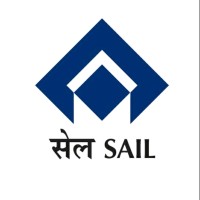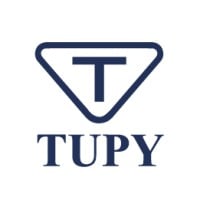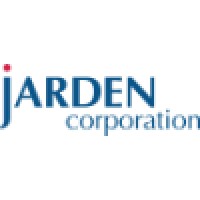Company Cyber Security Posture
NANA
NA Company Details
NA
NA
NA
NA
NA
NA
Scan still pending
NA
NA
Between 200 and 800
This score is AI-generated and less favored by cyber insurers, who prefer the TPRM score.
 NA Global Score
NA Global Score.png)

Company Scoring based on AI Models
| Model Name | Date | Description | Current Score Difference | Score |
|---|---|---|---|---|
| AVERAGE-Industry | 03-12-2025 | This score represents the average cybersecurity rating of companies already scanned within the same industry. It provides a benchmark to compare an individual company's security posture against its industry peers. | N/A | Between 200 and 800 |
Company Cyber Security News & History
| Entity | Type | Severity | Impact | Seen | Url ID | Details | View |
|---|
Company Subsidiaries

NA
Access Data Using Our API

Get company history
.png)
NA Cyber Security News
India Cement makes top management change following acquisition by Ultra Tech
In one of the major realignments of roles at India Cement, R. Parthasarathy, erstwhile Chief Marketing Officer, has now been appointed as Head – ...
Abdallah Massaad gets Industrial CEO of the Year award
Abdallah Massaad, CEO of RAK Ceramics PSC, a global hi-tech manufacturer of lifestyle ceramics solutions, received Industrial CEO of the Year award.

NA Similar Companies

DuPont
Beware of recruitment scams! Please read important information for job seekers: https://www.dupont.com/careers/hiring-faqs.html It's a time of incredible progress at DuPont — a time of momentum. It's the time for change makers, for the doers and pioneers, to create essential innovations the world n

Steel Authority of India Limited
Steel Authority of India Limited (SAIL) traces its origin to the formative years of an emerging nation - India. After independence, the steel sector was to propel the economic growth and rapid industrialization of the country, and since 1973, SAIL steel has played a pivotal role in transforming the

Tupy
Tupy is a Brazilian company specialized in developing and manufacturing highly-engineered structural cast iron components applied to complex metallurgical and geometrical components extensively used in capital goods that serve freight transport, construction industry, agriculture and many others in

A. O. Smith Corporation
Celebrating its 150th year of business, A. O. Smith is a leading global water technology and manufacturing company that proudly employs more than 12,000 people who together provide water heating and water treatment solutions. The company is headquartered in Milwaukee, Wisconsin, with operations in

Jarden Corporation
Jarden Corporation is now part of Newell Brands, a global consumer goods company with a strong portfolio of well-known brands, including Paper Mate®, Sharpie®, Dymo®, EXPO®, Parker®, Elmer’s®, Coleman®, Jostens®, Marmot®, Rawlings®, Irwin®, Lenox®, Oster®, Sunbeam®, FoodSaver®, Mr. Coffee®, Rubbe

Schaeffler
The Schaeffler Group has been driving forward groundbreaking inventions and developments in the field of motion technology for over 75 years. With innovative technologies, products, and services for electric mobility, CO₂-efficient drives, chassis solutions and renewable energies, the company is a r

Frequently Asked Questions
Explore insights on cybersecurity incidents, risk posture, and Rankiteo's assessments.
NA CyberSecurity History Information
How many cyber incidents has NA faced?
Total Incidents: According to Rankiteo, NA has faced 0 incidents in the past.
What types of cybersecurity incidents have occurred at NA?
Incident Types: The types of cybersecurity incidents that have occurred include .
Additional Questions
What Do We Measure?
















Every week, Rankiteo analyzes billions of signals to give organizations a sharper, faster view of emerging risks. With deeper, more actionable intelligence at their fingertips, security teams can outpace threat actors, respond instantly to Zero-Day attacks, and dramatically shrink their risk exposure window.
These are some of the factors we use to calculate the overall score:
Identify exposed access points, detect misconfigured SSL certificates, and uncover vulnerabilities across the network infrastructure.
Gain visibility into the software components used within an organization to detect vulnerabilities, manage risk, and ensure supply chain security.
Monitor and manage all IT assets and their configurations to ensure accurate, real-time visibility across the company's technology environment.
Leverage real-time insights on active threats, malware campaigns, and emerging vulnerabilities to proactively defend against evolving cyberattacks.




